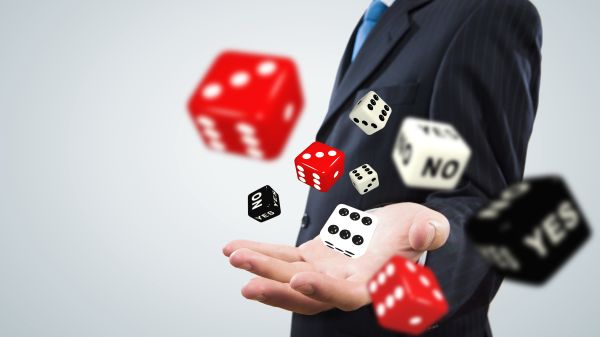According to a survey of gaming sector revenues from 100 countries in the world, Romania ranked 47th in the world and 4th in Eastern Europe with 153millions euros revenues for 2016. About 7,000 of the over 100,000 employees in the IT&C industry work in the gaming sector and there are about 50 gaming studios at the local level.
Worldwide, the 2.2 billion gamers are expected to generate 99 billion euros for the industry by the end of 2017, up by 7.8% compared to 2016. The digital games will account for 87% of the market and will generate 86 billion euros in revenues. The mobile segment is the most profitable, smartphone and tablet games have risen by 19% year-on-year to 42 billion euros and 42% of the global gaming market.
Romania is in the top of the world's largest gaming franchises. According to Euromonitor, video games are gaining more and more users in Romania, and they record the highest interest among all countries in the region. This could mean three things: 1) we have qualified specialists to develop such products (video games / titles), 2) we have thecapacity for abstraction and creativity, 3) we have the need to escape and play in the virtual realm.

In 1964, the psychiatrist Eric Berne wrote the best-seller Games People Play. The title alludes to the play of social interactions and highlights, among other things, the importance of the ludic in regulating the transactions between us and others. What then was one of the founding works for transactional analysis, seen retrospectively, seems to be the explanation of preference we, humans, have for the game and the proliferation of the current gaming sector.
In fact, gaming exploits 8 types of motivation found in many instances of our online or real-world activities:
1. Motivation of epic meaning and calling– Managing a forum or contributions on Wikipedia.
2. Motivation of development and accmplishment – The need for progress, overcoming challenges and reward.
3. Motivation of empowerment of creativity and feedback – Reconfigure the reality by combining the various elements and observing the results of this process (the Lego game).
4. Motivation of ownership and possesion – Personalization of the profile and the avatar are signs of this motivation that increases the level of engagement.
5. Motivation of social influence and relatedness – Refers to social elements such as acceptance of others, camaraderie, mentoring, attraction to people and places where people find themselves (the consequence is the optimization of social media strategies by companies).
6.Motivationof scarcity and impatience – The desire to win something you do not have, but you want it. Facebook only resumes to Harvard University campus, then opened up to other prestigious universities and eventually to all universities. People wanted to open their account because they did not have access at first.
7. Motivation of unpredictibility and curiosity – Desire to find out what's next and the mental involvement to take control (for example, moviegoers, novel readers or, on the other hand, gambling buffs).
8. Motivationof loss and avoidance – Fear of losing something in which we invested time, effort, money, or other resources. To protect your own ego, you refuse to admit that what you have done up to now was useless and now you give up. Therefore, you continue your game / activity even if that means continuing / increasing your costs.
Take aways
According to Euromonitor, the gaming sector in Romania will reach about 200 million euros in 2020, with acompounded annual growth rate of 7% (CAGR), while the global market will grow by only 6.2% (CAGR).
Romania appears as an important video game producer in the region with potential, but with a need for growth and diversification of technical resources (especially in competencies such as animation, 3D art, back-end programming services).
Even if the prospectsare positive, we are still at the periphery of the international gaming industry. Foreign companies have mainly made here their service structure and deliver support to outsourced franchises. There is little original creation in the local market, which slows down access to the growth area.
Romania can get to play the game in the gaming industry if it has a legislative approach to support research and development, a clear structure of tax incentives, relevant educational forms, and incentives for investment, as well as the development of publishers in the local market.





























